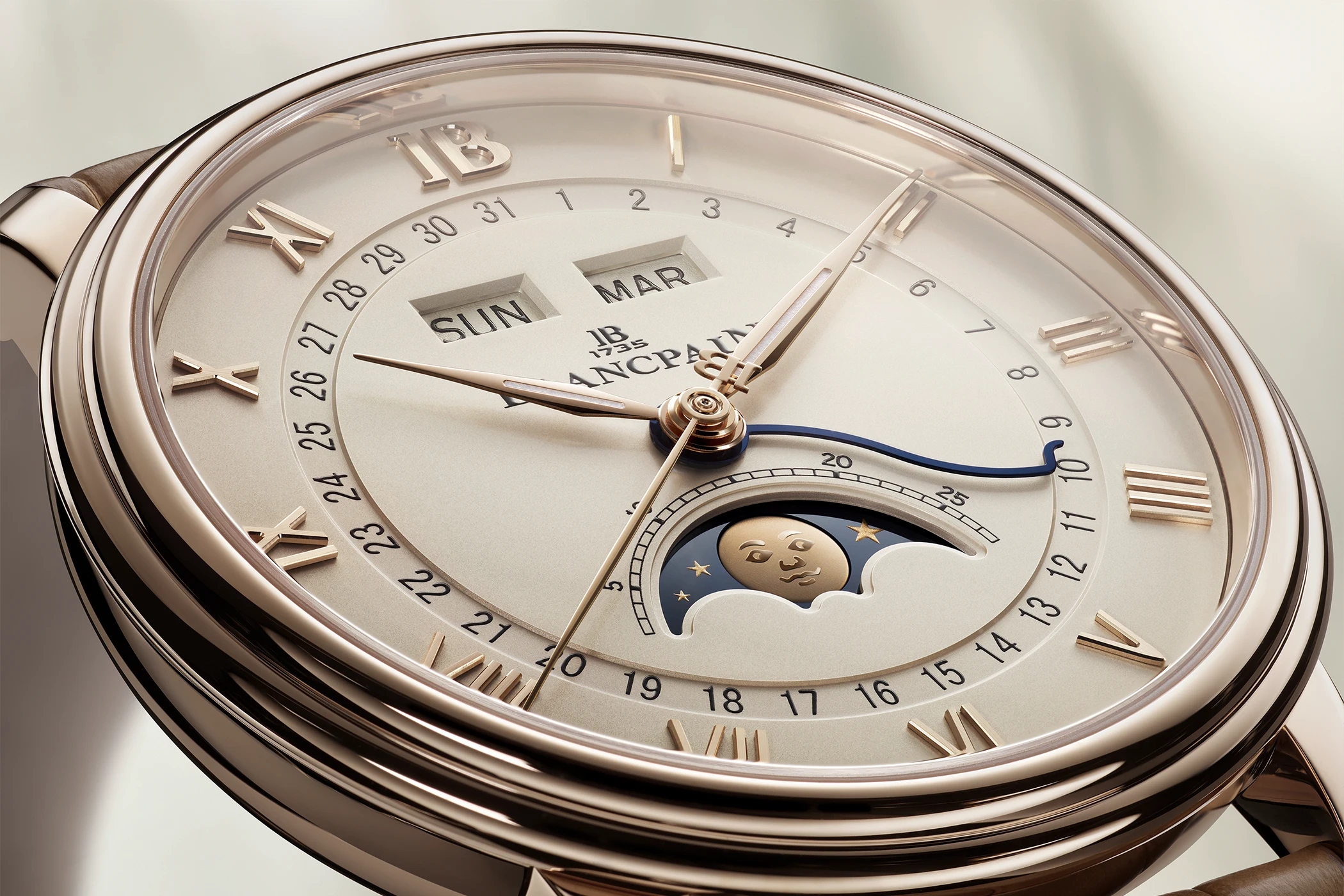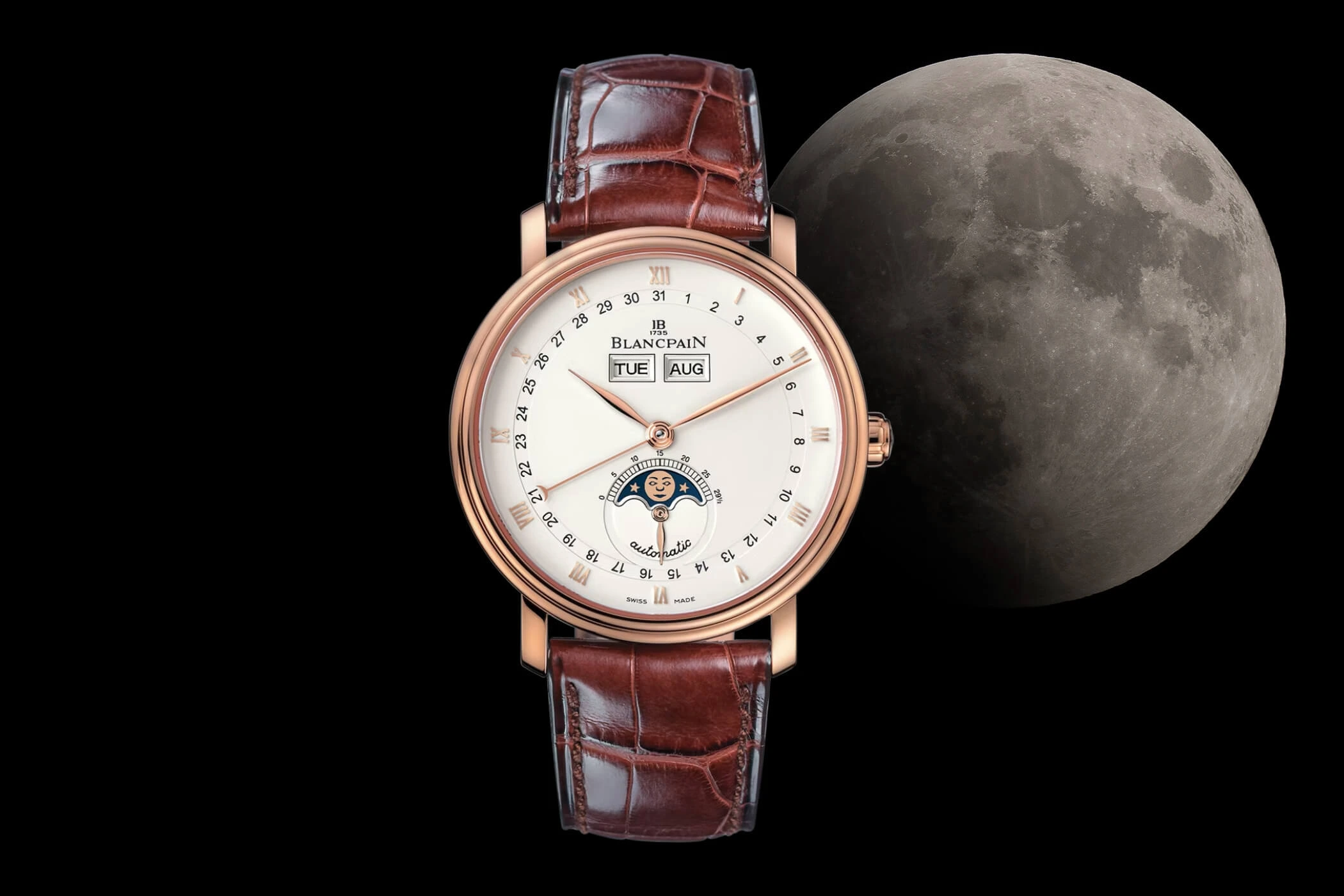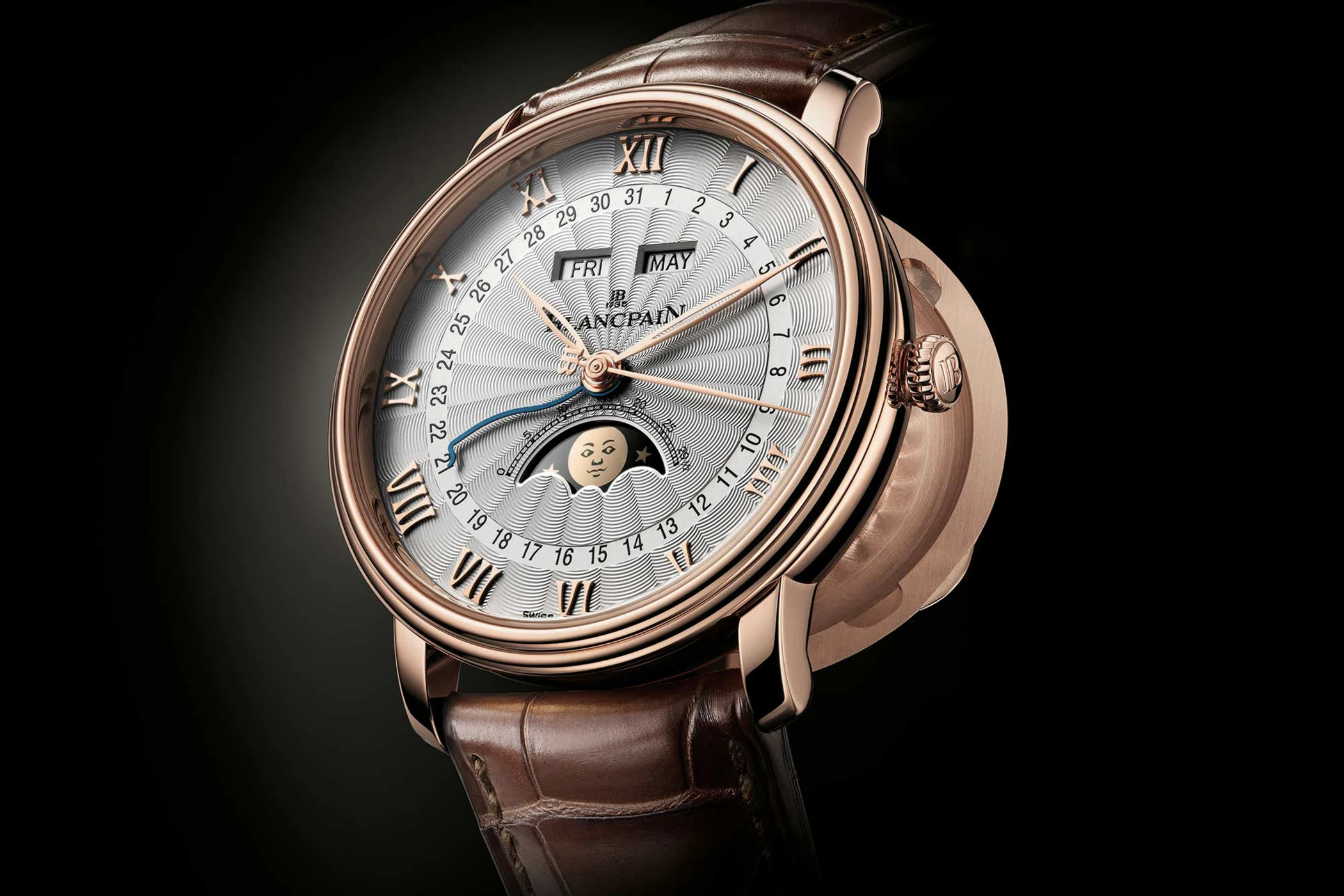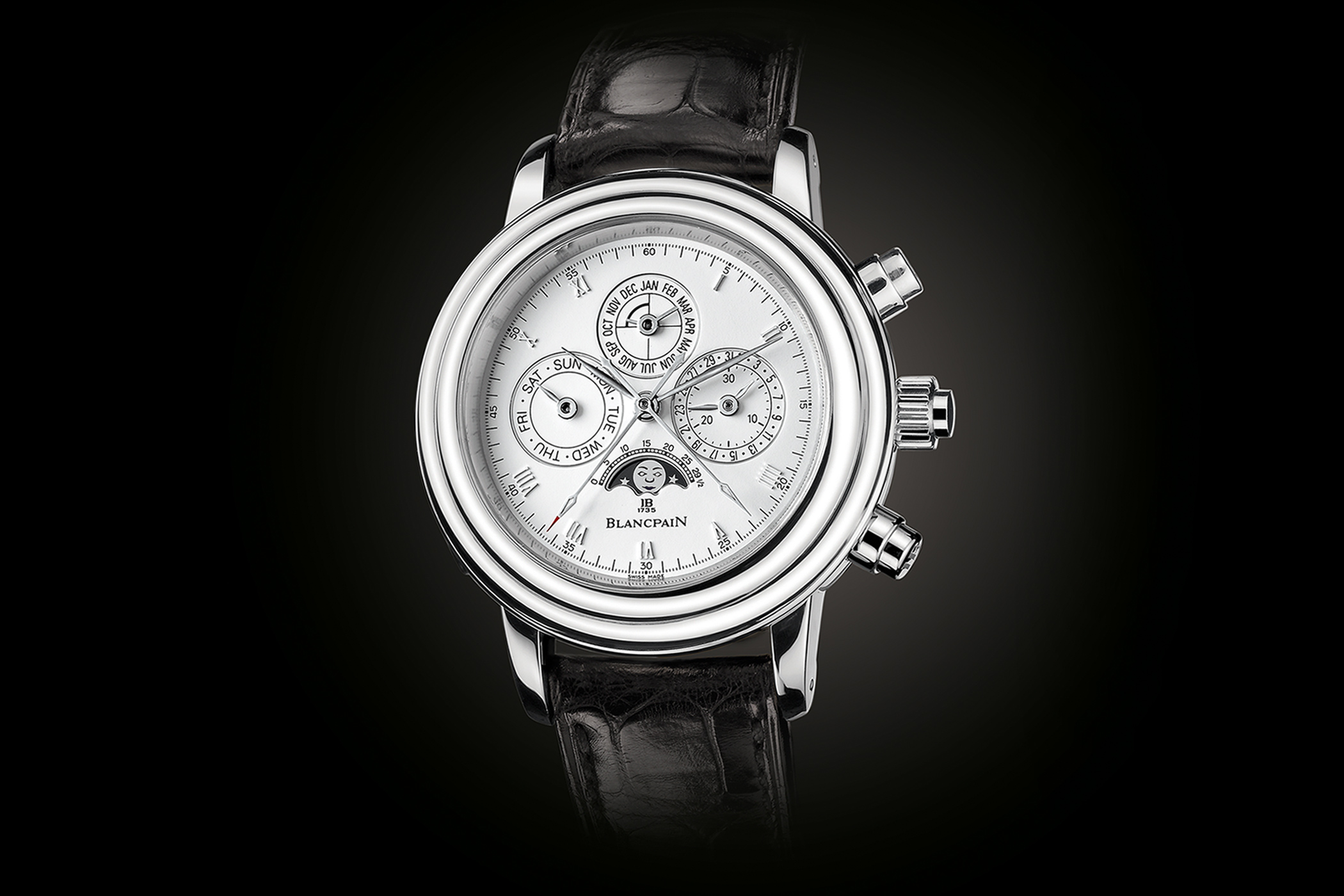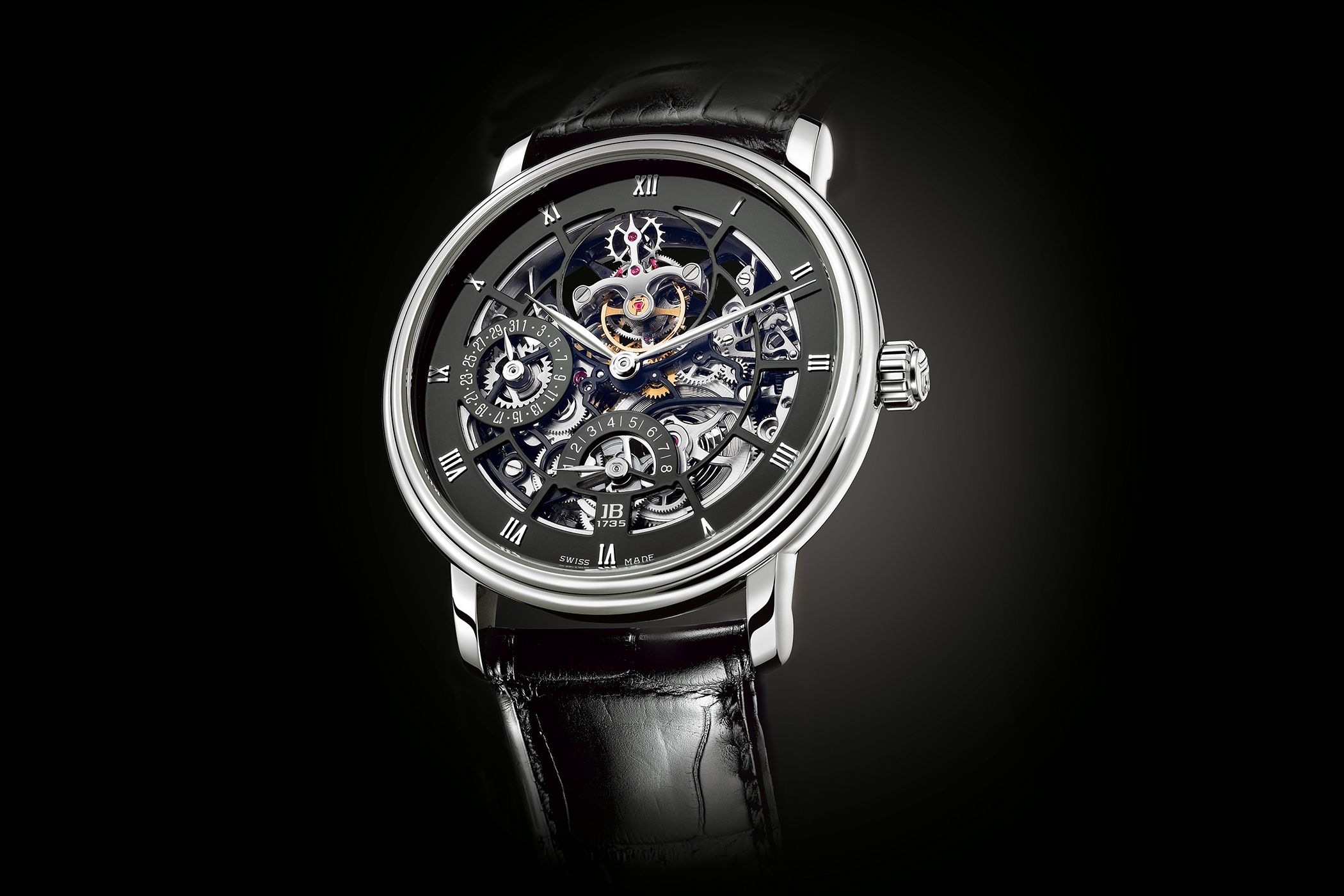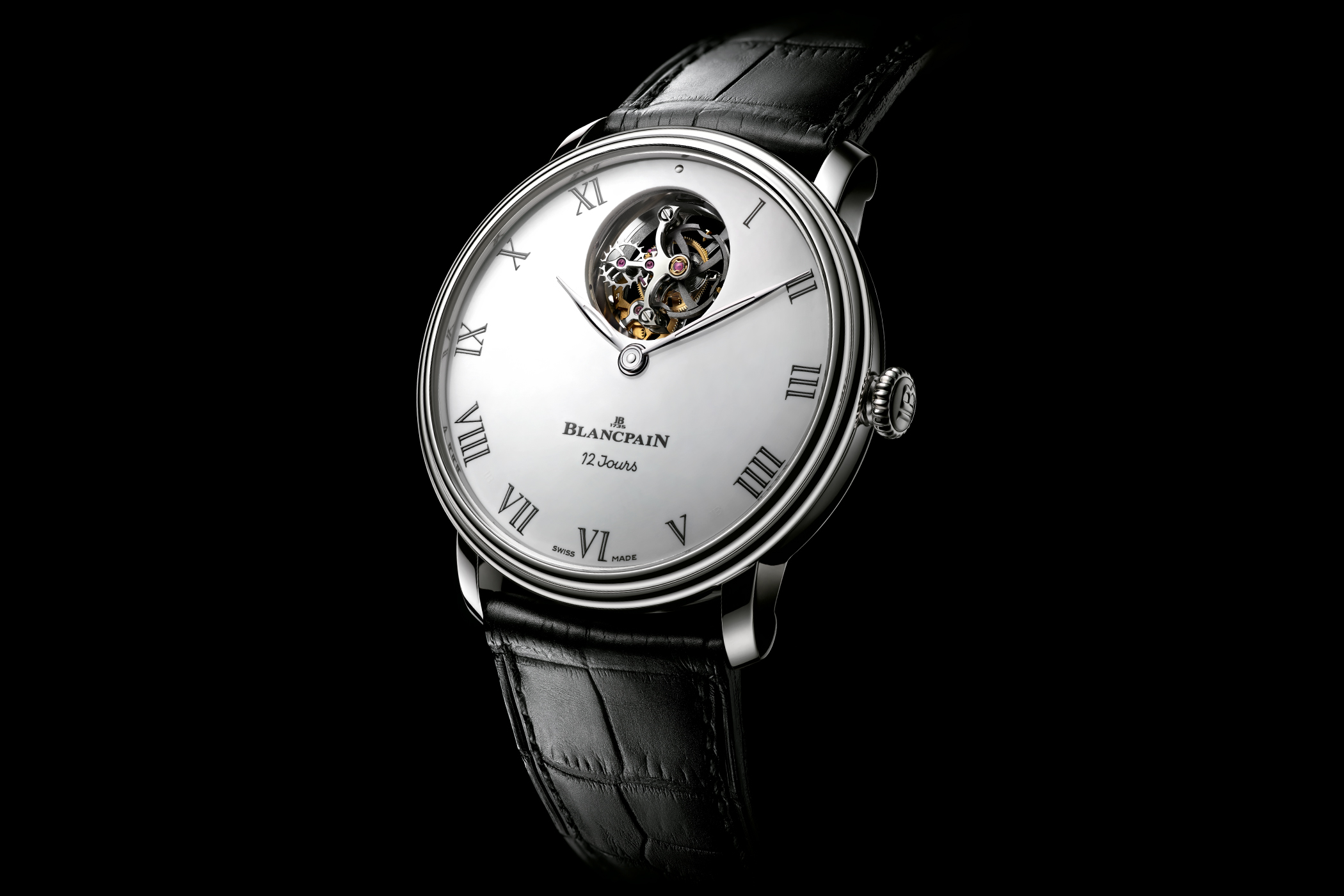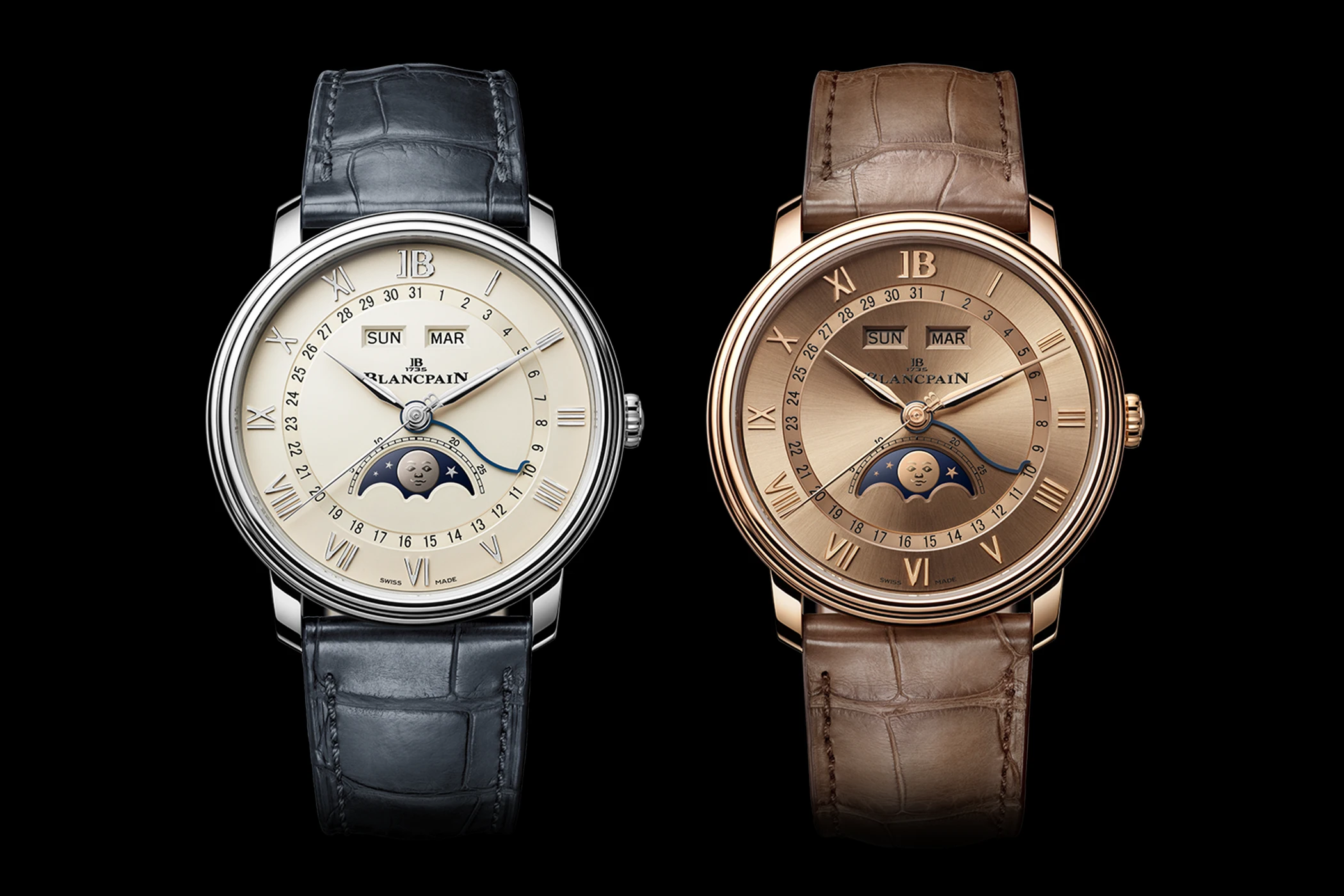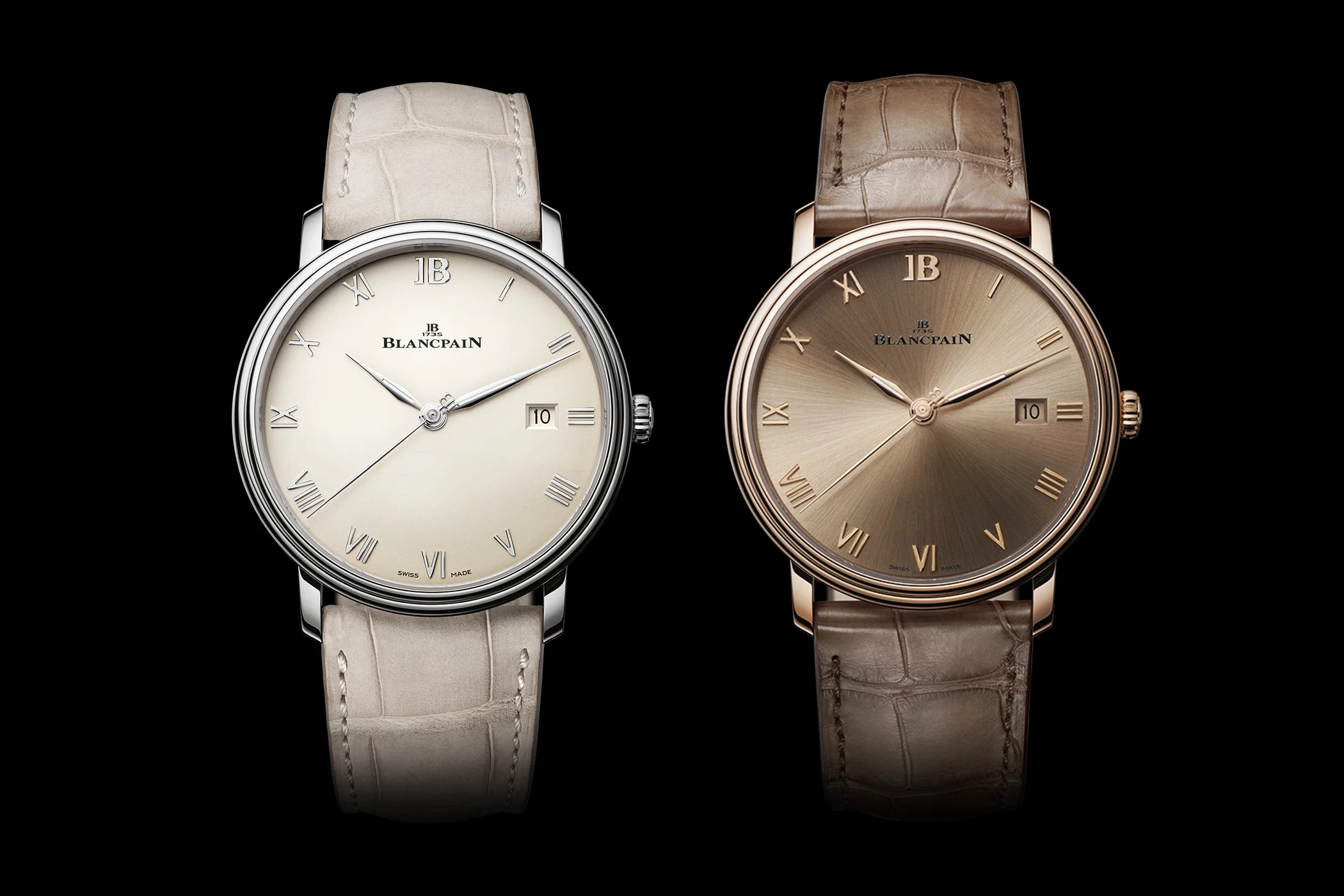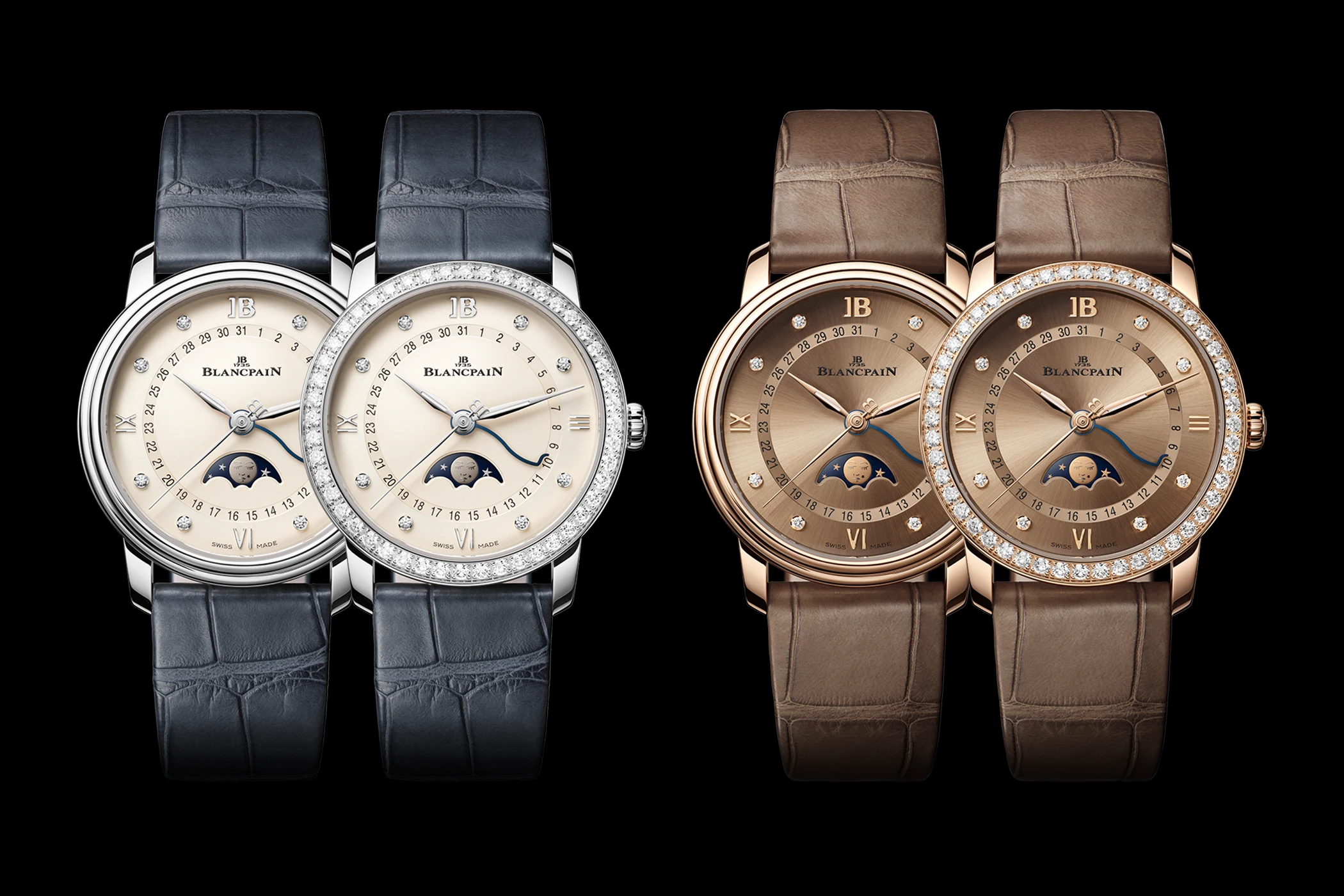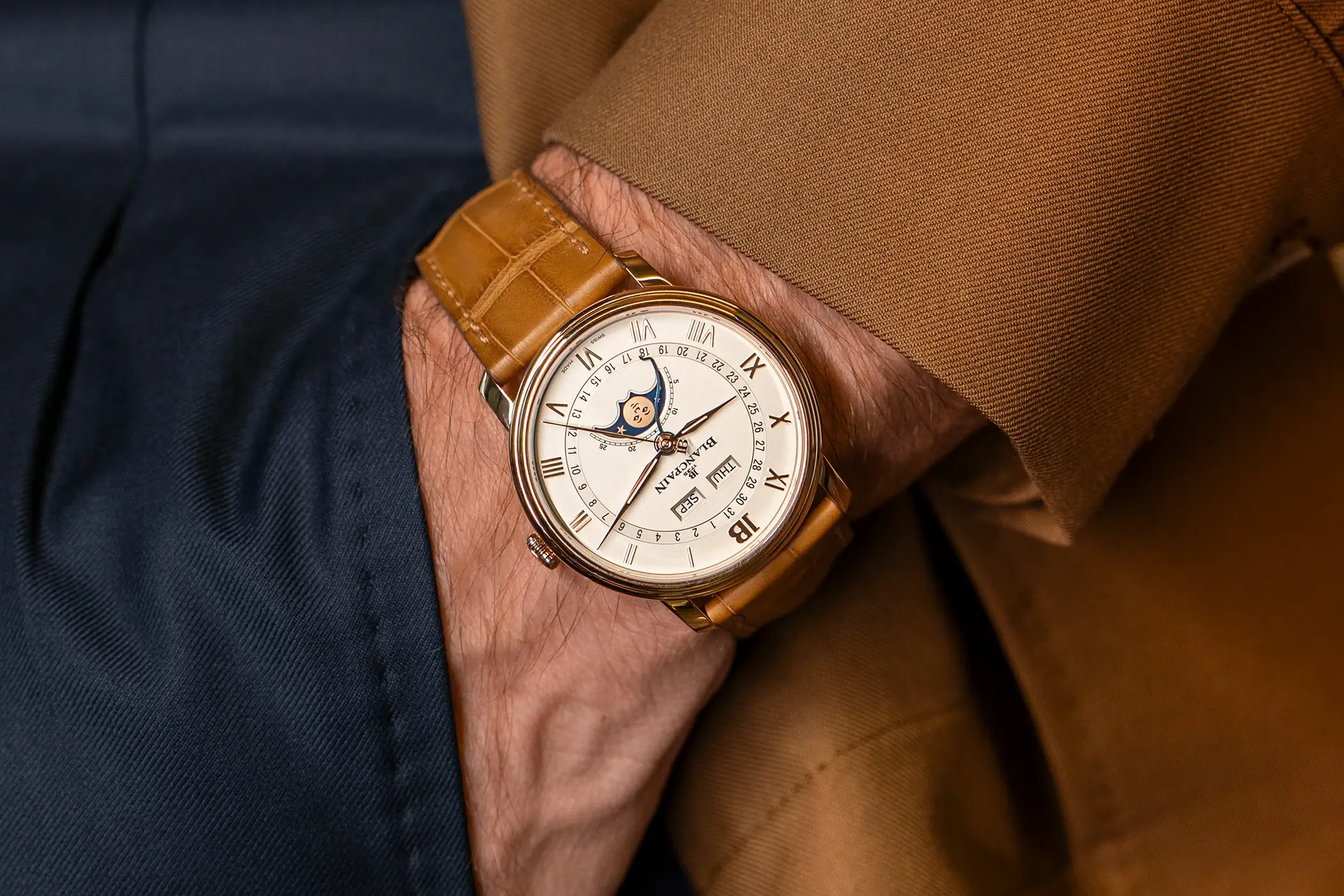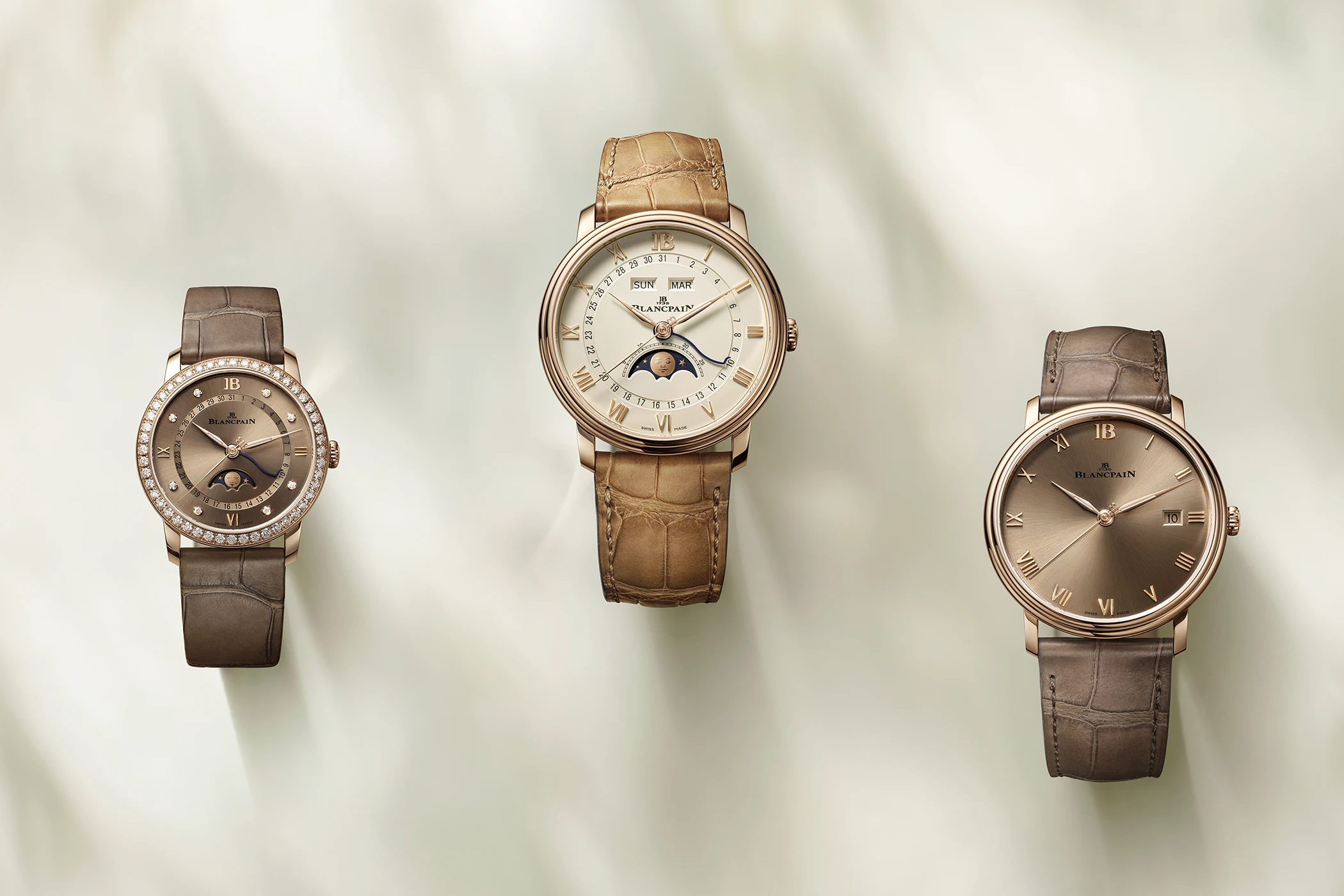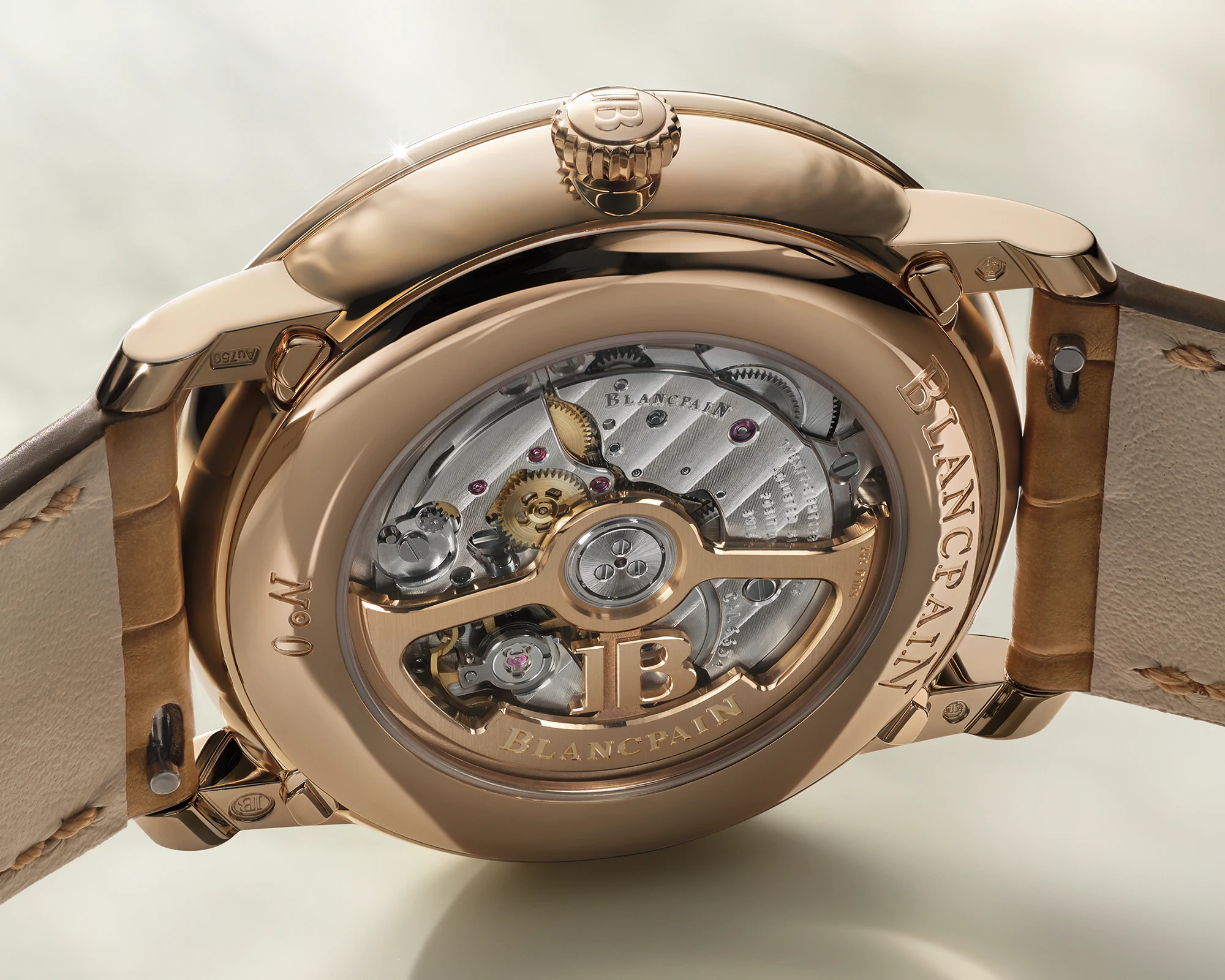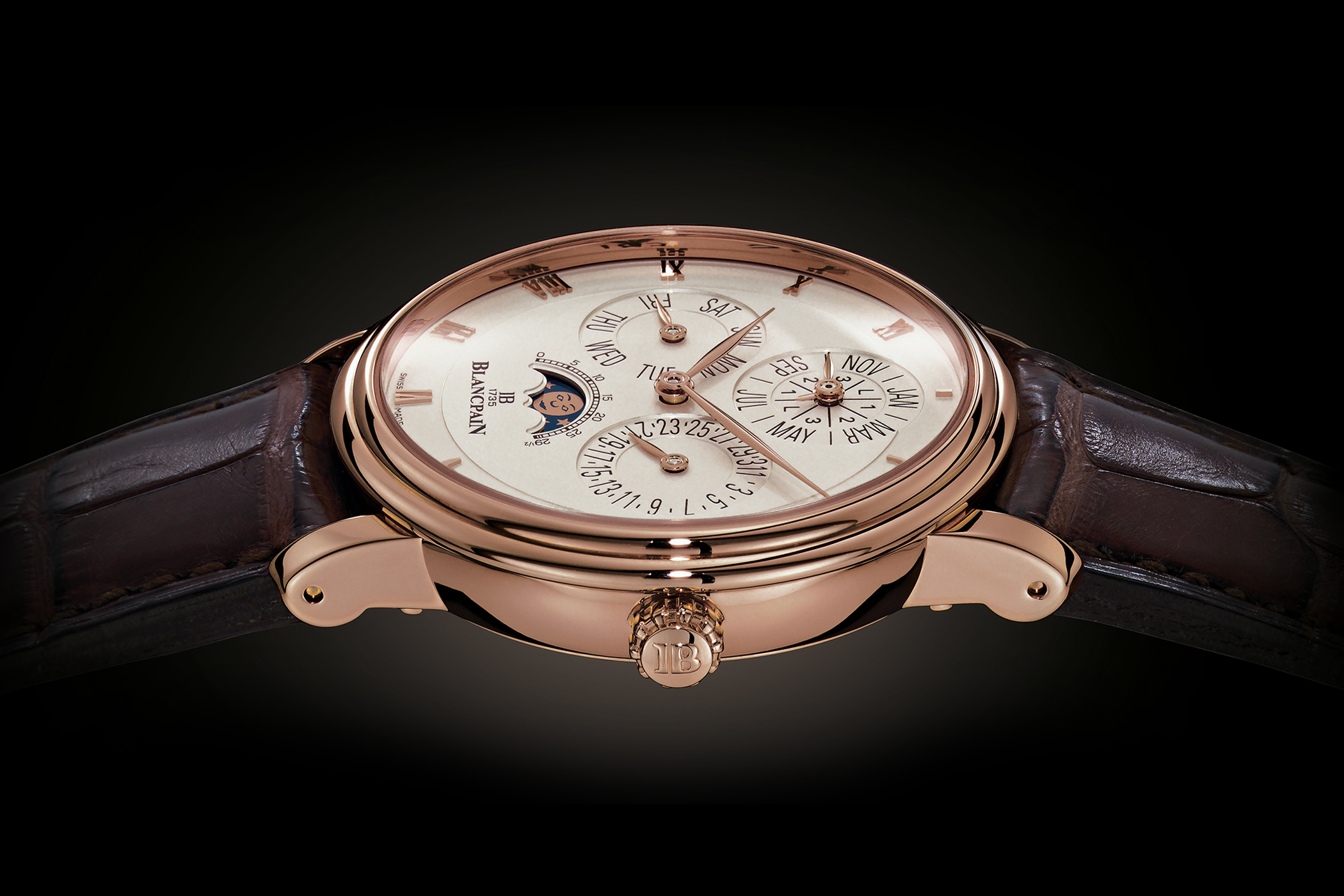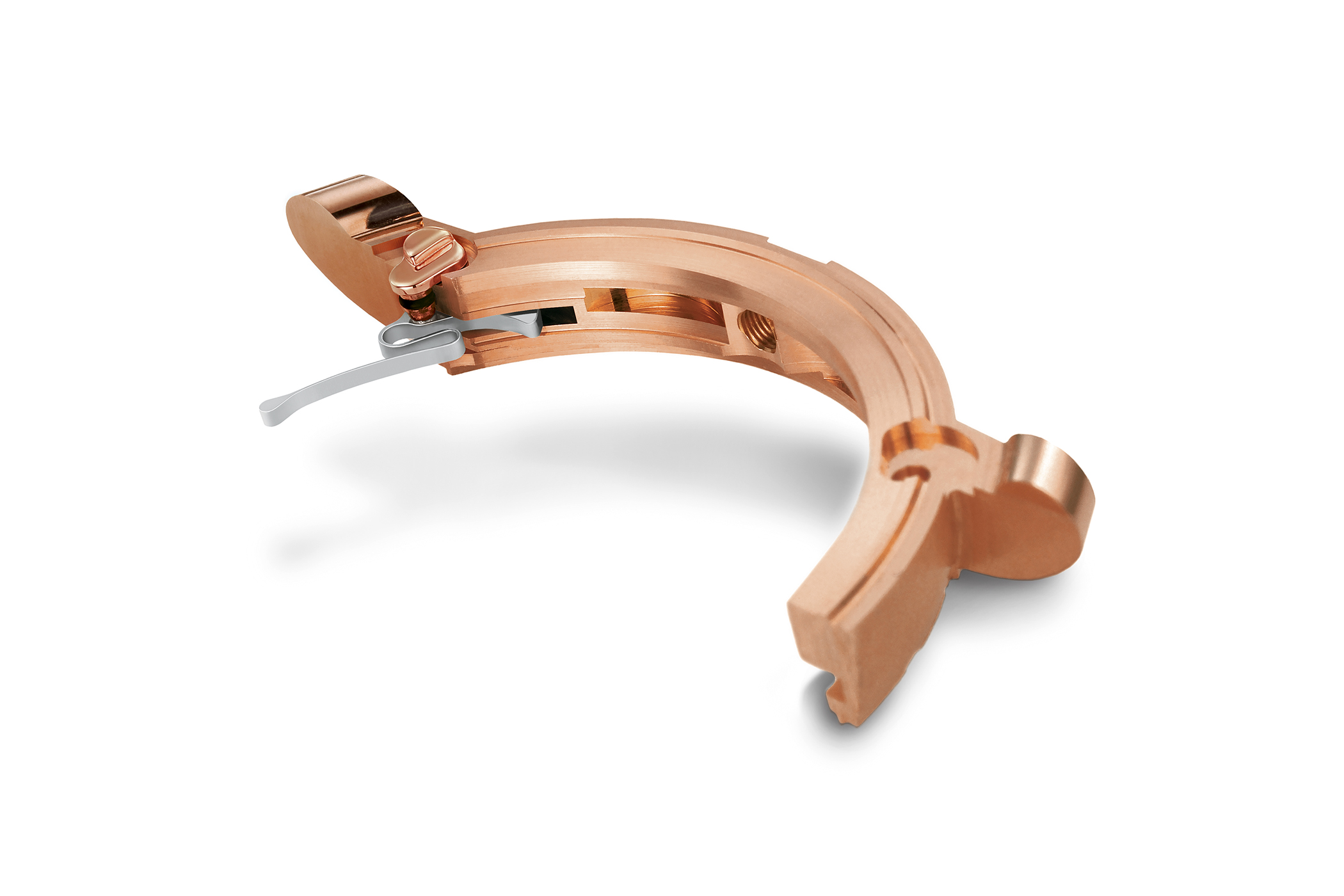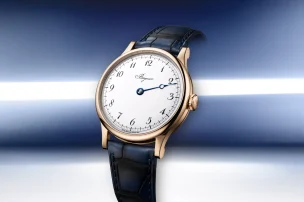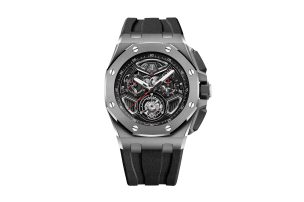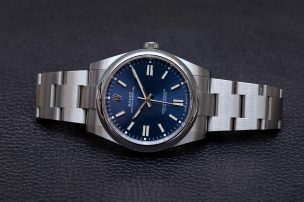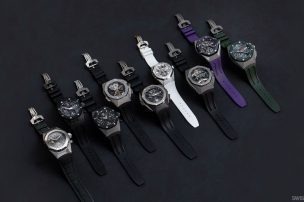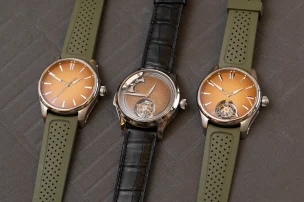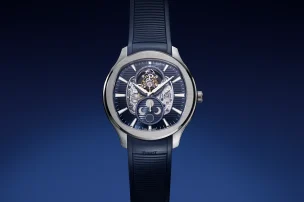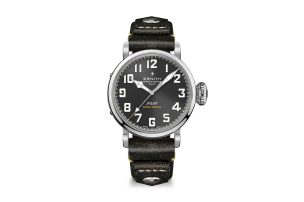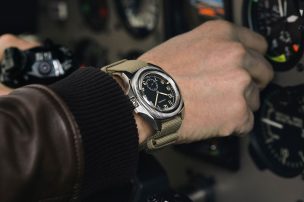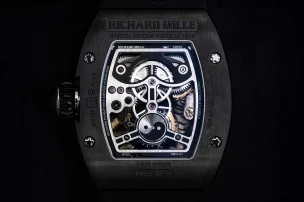
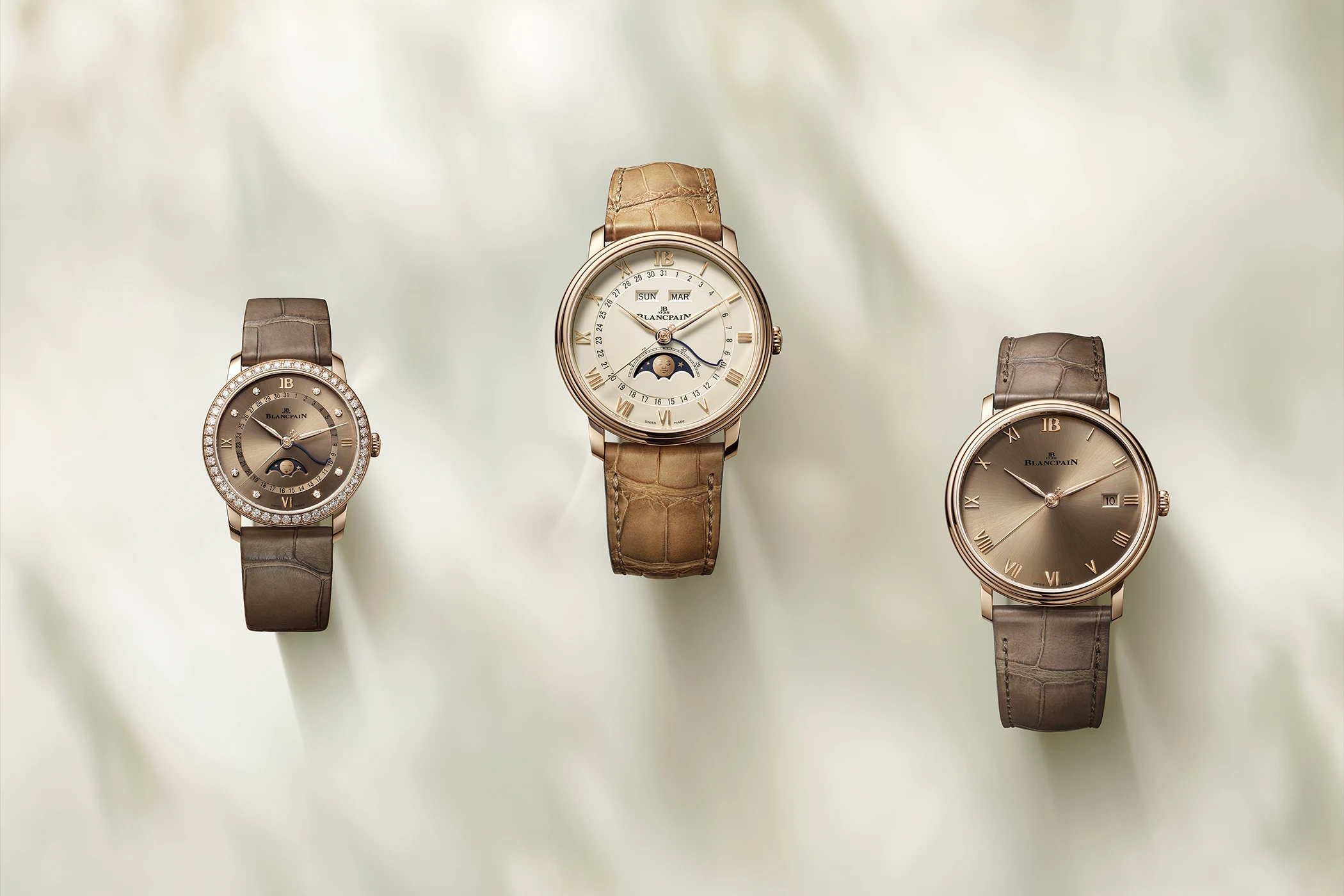
Blancpain Unveils Three New Villeret Models Marking The Collection’s Next Evolution
The history of Blancpain begins in the village of Villeret, where the manufacture was founded in 1735 by Jehan-Jacques Blancpain, a schoolteacher turned watchmaker. The Villeret collection, through its classical design, reflects this long and successful tradition of fine watchmaking while at the same time attesting to the enduring spirit of the brand. With three new models comprising no fewer than sixteen references, the maison now presents a Villeret line with a refreshed design. This occasion invites not only a closer look at the new Blancpain Villeret models but also a glance back at the origins of the collection itself.
The origins of the Blancpain Villeret collection
Aesthetically guided by classicism, the Villeret collection stands out for its Roman numerals, deliberately understated dials, and round double-stepped cases — embodying a timeless sense of elegance. Yet the design values that the collection represents are not new; they trace back to the 1980s, when the maison introduced the Villeret Quantième Complet (Ref. 6263-3642-55) — at the time the smallest complete calendar with moonphase. This watch holds particular importance for Blancpain in several respects. First, it is often credited with having helped spark the mechanical renaissance in watchmaking during the quartz crisis. Secondly, its mischievously smiling moonface was the catalyst for the reintroduction of the moonphase display across the industry, which had virtually disappeared when brands sought to cut costs amid quartz competition. Finally, its overall design — from dial to case to moonphase — established the stylistic codes that continue to define the Villeret collection to this day.
In 2003, Blancpain renamed the Classique line “Villeret”, a nod to the brand’s birthplace in the Jura village of the same name. To mark its 275th anniversary in 2010, Blancpain thoroughly revised the Villeret collection, retaining its key design elements while interpreting them in a more contemporary way. As with the 1980s Classique line, the first model to showcase these updates was again a complete calendar with moonphase. The refinements included a redesigned Roman numeral typeface, a reshaped crown, and a new serpentine-shaped date hand in blued steel, improving visual distinction between the time display and calendar indications.
Classical design, grand complications, and practical utility – the defining traits of Blancpain’s Villeret collection
While the Blancpain Villeret collection remains steadfast in its refined and understated aesthetic, with classically composed dials, it is anything but simple when it comes to mechanics. Even in the days when the line was still known as Classique, Villeret served as a showcase for the brand’s horological mastery, culminating in the presentation of six “masterpieces”. Introduced by Blancpain in the early 1980s, each of these watches represented one of the great disciplines of traditional watchmaking: the ultra-thin watch, the moonphase, the split-seconds chronograph, the perpetual calendar, the tourbillon, and the minute repeater. These six “masterpieces” laid the foundation for Blancpain’s most ambitious project to date – the unification of all these traditional disciplines within a single watch: the 1735. When it was unveiled in 1991, it was regarded as the most complicated wristwatch ever made in serial production. This extraordinary feat was made possible by the calibre 1735, comprising no fewer than 740 individually hand-finished components, all fitted within a movement height of just 12.15 mm. Despite its complexity, the calibre delivered an impressive power reserve of 80 hours.
With timepieces such as these, Blancpain leaves no doubt as to the essence of the Villeret collection: the union of classical aesthetics with modern movement engineering. At the same time, the Villeret line has always sought to offer practical solutions and enhancements for the wearer, improving comfort and ease of use – for instance, by extending the power reserve. This ambition inspired Blancpain to create watches that freed their owners from the need for frequent winding. One such creation was the Villeret Tourbillon Squelette 8 Jours (Ref. 6025AS 3430 55A), introduced in 1998. It featured the calibre 25 – the first self-winding tourbillon movement with an eight-day power reserve and the first flying one-minute tourbillon ever fitted into a wristwatch.
Blancpain later surpassed this achievement with the Blancpain Villeret Tourbillon 12 Jours (Ref. 66240 3431 55B), launched in 2014. With its enlarged tourbillon carriage at 12 o’clock, grand feu enamel dial, and gracefully openworked hands, the watch embodied the Villeret spirit to perfection. Powered by the automatic calibre 242, Blancpain once again extended the autonomy to an impressive 288 hours, or 12 days – remarkably achieved with a single barrel. At the time, it was the tourbillon movement with the longest power reserve in the world.
Another practical innovation followed in 2005, when Blancpain filed a patent for a protected calendar mechanism with correctors placed beneath the lugs – but more on that shortly.
The new Blancpain Villeret models
Blancpain now unveils the next evolution of the Villeret collection with three new models – the Villeret Quantième Complet Phases de Lune, the Villeret Ultraplate, and the Villeret Quantième Phases de Lune – comprising a total of sixteen different references. The maison has focused on reworking key design elements to mark this new chapter. Before turning to what distinguishes the models from one another, it is worth first examining the characteristics they share. All new models feature a choice of two dial options: one with a finely grained opaline surface and another with a warm golden-brown finish. Each watch also features refined Roman numerals crafted from 18-carat gold, combining satin-brushed surfaces with polished bevels, as well as slim hands with luminous inlays. At 12 o’clock, the traditional Roman numeral has been replaced by the Blancpain logo.
The cases, too, have been newly reinterpreted. They are defined by a slimmer bezel, a larger crown, water resistance of 3 bar (30 metres), and newly shaped lugs designed for enhanced wearing comfort. Each of the three models is offered in either 18-carat red gold or stainless steel.
Distinguishing features of cases and movements
Turning from similarities to differences, the models diverge both in their case dimensions and in the technical specifications of their movements. The Villeret Quantième Complet Phases de Lune and the Ultraplate are each housed in cases measuring 40 mm in diameter, with a height of 10.60 mm and 8.70 mm respectively. The third model, the Quantième Phases de Lune, is offered in no fewer than eight references and features a case diameter of 33.20 mm with a height of 10.40 mm. Four references of this model come adorned with a diamond-set bezel.
The movements also vary from one model to the next. The Villeret Quantième Complet Phases de Lune is powered by the automatic calibre 6654.4, which offers a 72-hour (three-day) power reserve and operates at a frequency of 4 Hz (28,800 vibrations per hour). In addition to the time, it displays the day, date, and moonphase. The Villeret Ultraplate is fitted with the automatic calibre 1151, boasting a higher power reserve of 100 hours (around four days), a frequency of 3 Hz (21,600 vibrations per hour), and indications for hours, minutes, seconds, and date. The third model, the Villeret Quantième Phases de Lune, houses the automatic calibre 913QL.P, which runs at 3 Hz (21,600 vibrations per hour) with a 40-hour power reserve and offers indications for the date and moonphase alongside the time display. All models share a newly designed openworked rotor, executed in either red or yellow gold depending on the reference.
A thoughtful concept for protecting the movement
In principle, all calendar mechanisms must be capable of being manually adjusted should the watch come to a halt. However, every such mechanism requires careful handling, following precise instructions — often detailed in the accompanying manual — step by step. This is a challenge faced by the entire watch industry. In a perpetual calendar, the daily or periodic advancement of the indications is ensured by a gear system with intermediate and transmission wheels. Yet if the wearer attempts to adjust the calendar indications while the movement itself is carrying out its programmed changes, there is a real risk of damaging this delicate mechanism through manual intervention. For this reason, many owners shy away from this time-consuming process and the potential hazard of a date correction.
With the launch of the Villeret Quantième Perpétuel (Ref. 6057-3642-53B) around 2004, Blancpain introduced an ingenious solution to this long-standing problem: correctors placed beneath the lugs. Rather than positioning the pushers along the caseband in the traditional manner, Blancpain opted to conceal them under the lugs. The key advantage of this design is that it keeps the caseband perfectly smooth. Moreover, there is no need for a separate adjustment tool — a simple fingertip is sufficient to advance the four calendar indications of the perpetual calendar.
The same concept is retained in the new Villeret models, allowing the calendar indications to be adjusted at any time without risking damage to the movement. While the 33.20-mm versions feature traditional correctors on the caseband, the 40-mm models are equipped with the under-lug system, again operated easily with the touch of a finger.
Strap options and pricing
The new Villeret models are presented with straps in four fresh colour tones – brown, blue-grey, honey, and beige nubuck suede – each equipped with a quick-change system for added convenience. The leather straps feature a “Barolo” finish that develops a natural patina over time, lending each watch a distinctive character as it ages. Prices for the new releases are as follows: the Villeret Quantième Complet Phases de Lune is priced at CHF 15,400 in stainless steel and CHF 27,200 in 18-carat red gold; the Villeret Ultraplate retails for CHF 9,900 in stainless steel and CHF 20,500 in 18-carat red gold; the Villeret Quantième Phases de Lune is available at CHF 11,600 in stainless steel and CHF 19,400 in 18-carat red gold; while the versions of the Villeret Quantième Phases de Lune with a diamond-set bezel are priced at CHF 16,400 in stainless steel and CHF 24,400 in 18-carat red gold.
